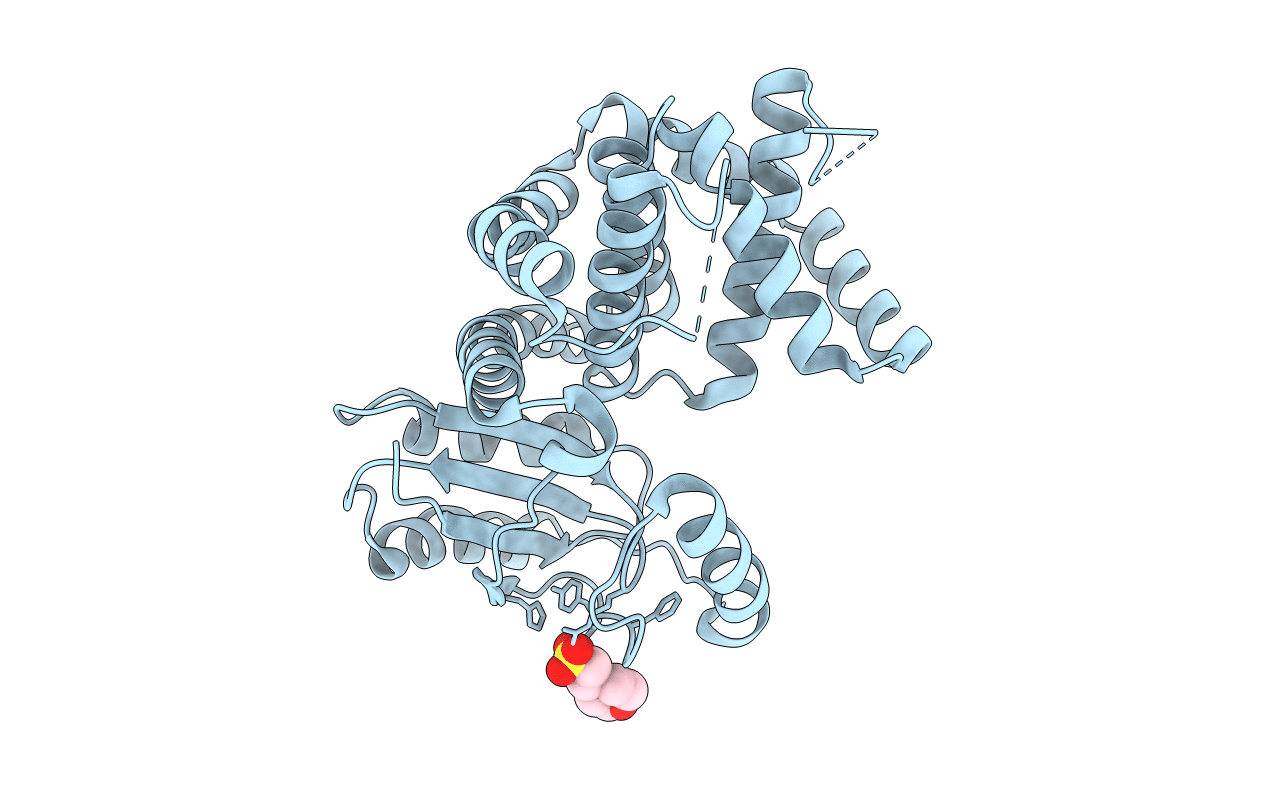
Deposition Date
2017-06-22
Release Date
2017-11-22
Last Version Date
2024-03-13
Entry Detail
PDB ID:
5W98
Keywords:
Title:
Pyridine synthase, PbtD, from GE2270 biosynthesis
Biological Source:
Source Organism:
Planobispora rosea (Taxon ID: 35762)
Host Organism:
Method Details:
Experimental Method:
Resolution:
1.23 Å
R-Value Free:
0.18
R-Value Work:
0.16
R-Value Observed:
0.16
Space Group:
P 1 21 1


